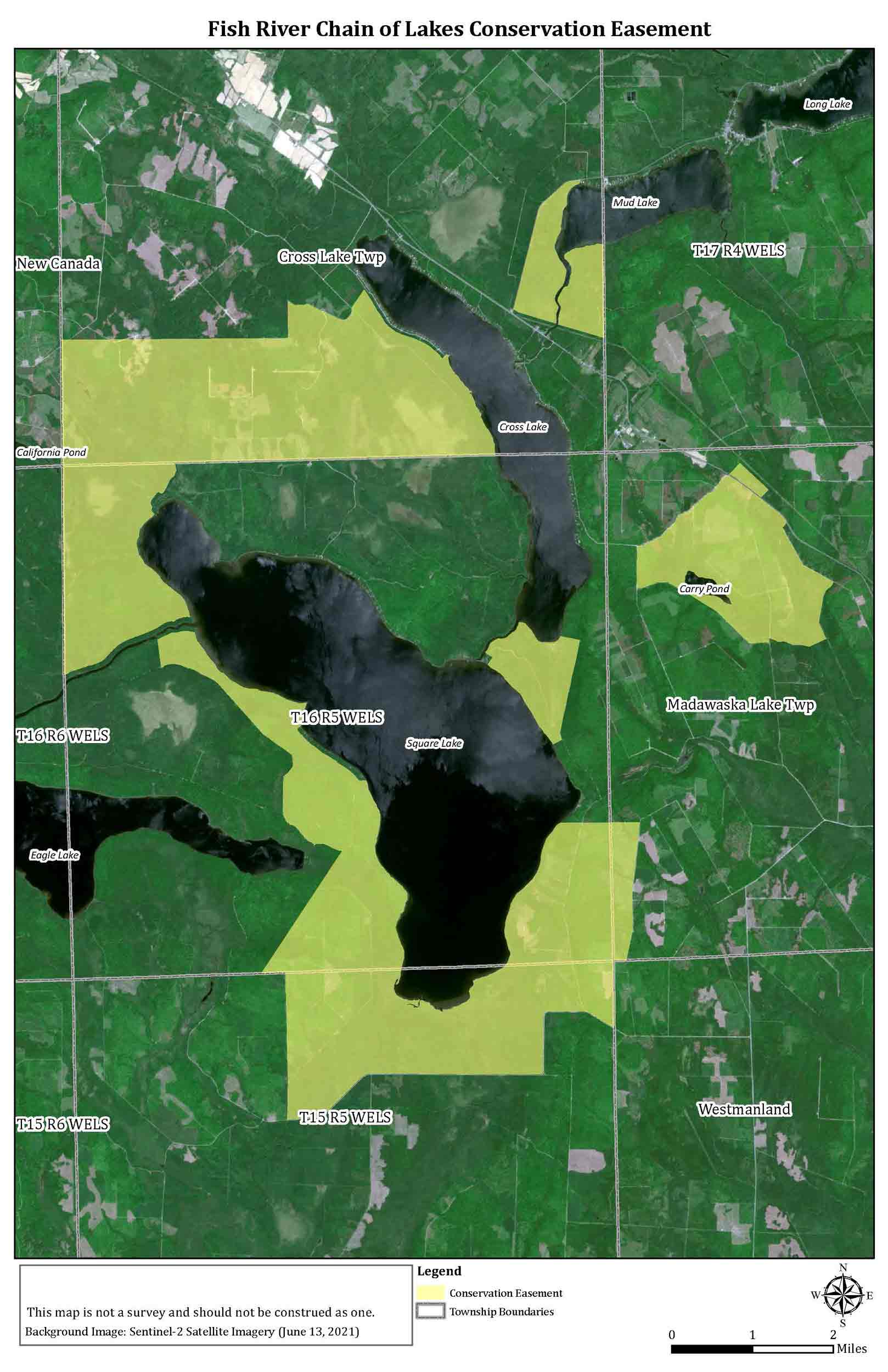We asked FSM’s 2022 Swan Intern, Eli Forman, to tell us about his first experience conducting aerial monitoring and his experience so far with conservation in the North Woods as the FSM intern. Here’s what Eli had to say:
I didn’t expect to be nervous, but as we pulled into the tiny Newton airfield in Jackman and coasted past a couple idle Cessnas I began to feel a slight twinge in my stomach. The thought that I was about to step into one of those tiny, toy-like planes and hurtle around a remote corner of the western Maine border region recalled my boyhood fascination with survival stories like Gary Paulson’s Hatchet. I’d often imagined myself in the protagonist’s place, crash-landed by a remote wilderness lake with only the titular tool between me and the elements. But now, stepping out of the car and squinting into the glaring morning sun at the open hatch of a 1978 Cessna 172, that story, so thrilling in my cozy childhood imaginings, suddenly seemed way too close to home.
Reassuringly, Erica Dubois, the Forest Society of Maine’s (FSM) senior forestland steward who brought me on this trip, seemed completely unfazed. This was routine for her and the other stewardship staff, who aerially monitor the over 1 million acres FSM holds conservation easements on at least once a year. As the summer 2022 Swan intern, I was fortunate enough to be invited along for the ride. Despite having flown all over the world, I’d never been in a plane that didn’t have an illuminated seatbelt sign, or where I could reach over and tap the pilot on the shoulder.
The scale of what we planned to fly over was immense. In about an hour of flying we’d observe roughly 59,000 acres of FSM-held easements and a couple parcels of fee lands near Attean Pond. From the ground I had trouble wrapping my head around such an expanse, and as Erica and our remarkably mild-mannered pilot, Jim, chatted on the tarmac, I steeled myself for the ride ahead.
After a couple minutes of introductions, we trundled into the plane and put on our voice activated headsets. The plane started up with a smooth rumble and I could suddenly feel the anticipatory lift of the whirling propeller as it swept air under the wings. Jim taxied out to the small runway and with a short notice over the radio, gunned it down the strip. At once we were soaring out over Attean Pond and climbing up and over Sally Mountain as the houses of Jackman shrank like toys below. All trace of my initial anxiety vanished as we levelled out around 4,000 feet. In its place arose total exhilaration and awe at the emerald tapestry flecked with blue unfurled below. The brilliance of the scene made it look constructed, like a diorama in a museum or a meticulously curated model train landscape. The morning air was perfectly clear, and the whole western portion of Maine and southern Quebec seemed to unveil itself before us.
As we angled and swooped around this seemingly vast, unbounded wilderness, I realized that the verdure stretching in all directions was in fact a mosaic of working forestlands. Evidence of forest management dotted the landscape. Roads snaked around harvest blocks with log landings notched out at intervals, patches of clear-cuts sprouted new growth next to partial harvests and dark rectangles of spruce and fir plantations crept up hillsides. There were also large tracts of unharvested lands, which Erica pointed out were being managed as ecological reserves. I watched as sinewy watercourses and remote ponds glittered in the sun, steep ridges swept by, bristling with spruce and fir Krummholz and the thin, angular line of the US-Canada border arbitrarily bisected mountains. The sheer forested continuity of this diverse landscape was astounding to see from the air, and impossible to fully grasp from the ground.
Staring enthralled out the window I finally began to visually understand what people mean when they refer to “The North Woods.” The Maine North Woods are the largest unfragmented swath of forestland left east of the Mississippi. The many resources they provide, such as forest products, recreation, ecological diversity, and cultural activities, sustain many rural communities and foster a unique sense of place that is becoming increasingly rare in our fast-paced society. It’s also ever more apparent how essential these forests are in helping mitigate climate change. Rationally I understood these aspects, and believed in conserving them, which is what led me to work with FSM in the first place, but I was completely unprepared for the emotional weight that fully witnessing this landscape imbued them with.
After what felt like much too short a time, Jim nosed the plane back in the direction of Jackman. We’d covered the Attean, Boundary Headwaters and Number 5 and 6 mountain easements and Erica hadn’t noticed anything concerning. We’d be making field monitoring visits to most of them over the summer, and now that I had their landscape-scale context impressed on my mind I was especially excited to explore them on the ground. We floated back over the houses of Jackman, banked once over the runway and drifted down to a gentle landing. I emerged from the plane a little dazed, both from the wobbly ride and the simple elation of the scene I had just witnessed. That elation stayed with me all throughout our long drive back to Bangor and, as far as I can tell, will remain throughout the rest of this summer’s stewardship work and beyond.







